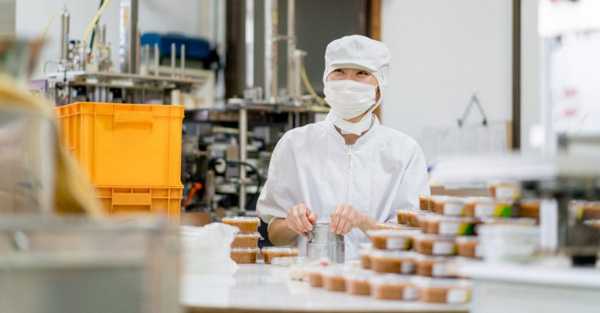Unlocking Efficiency: How AI Tools Are Redefining Everyday Workflows
Understanding Triple-Negative Breast Cancer: A Simplified Overview
Triple-negative breast cancer (TNBC) is a more aggressive form of breast cancer that makes up about 10-15% of all breast cancer cases. Unlike other types, TNBC lacks three common receptors—estrogen, progesterone, and HER2—that help drive cancer growth. This makes TNBC harder to treat with traditional therapies like hormone therapy or HER2-targeted treatments.
Triple-negative breast cancer (TNBC) is a more aggressive form of breast cancer that makes up about 10-15% of all breast cancer cases. Unlike other types, TNBC lacks three common receptors—estrogen, progesterone, and HER2—that help drive cancer growth. This makes TNBC harder to treat with traditional therapies like hormone therapy or HER2-targeted treatments.

What Causes Triple-Negative Breast Cancer?
Several factors contribute to the risk of developing TNBC:
- Genetics: Inherited mutations in the BRCA1 geneincrease the risk.
- Sedentary Lifestyle: Lack of exercise can raise the chances of developing breast cancer.
- Late Pregnancy: Women who have children later in life (after 30) may be at higher risk.
- Hormone Therapy: Prolonged use of hormone replacement therapy (HRT) can also increase the risk.
- Vitamin D Deficiency: Low levels of vitamin D may contribute to breast cancer development.
Symptoms of Triple-Negative Breast Cancer
TNBC symptoms are similar to other types of breast cancer, and may include:
- Changes in breast size or shape
- Pain or swelling in the breast area
- A lump in the breast or underarm
- Nipple changes, such as inversion or discharge
Any unusual changes in the breast should be checked by a healthcare professional.
Stages of Triple-Negative Breast Cancer
TNBC progresses through different stages:
- Stage 0: Abnormal cells form, but they haven’t spread.
- Stage 1: The cancer is localized to the breast or a nearby lymph node.
- Stage 2: The cancer spreads to more lymph nodes.
- Stage 3: Cancer spreads to surrounding tissues but not distant organs.
- Stage 4: Cancer spreads to other organs, such as the lungs or liver.
Treatment for Triple-Negative Breast Cancer
Treatment typically includes a combination of surgery, chemotherapy, and radiation:
- Surgery: A lumpectomy or mastectomy to remove the tumor or breast tissue.
- Chemotherapy: Often used to shrink tumors before surgery or eliminate remaining cancer cells afterward.
- Radiation: Targeted radiation may be used after surgery to kill any remaining cancer cells.
Side Effects of Treatment
Treatment for TNBC can cause side effects, such as:
- Nausea: Especially with chemotherapy.
- Fatigue: Feeling tired after treatment.
- Skin Changes: Redness or peeling around the treated area.
- Lymphedema: Swelling from lymph node removal.
Lifestyle and Diet Recommendations
A healthy lifestyle can support recovery:
- Eat foods rich in phytochemicals(like turmeric, broccoli, and soy) to help fight cancer.
- Exercise regularlyto improve overall health.
- Avoid processed foodsand excess salt.
Prognosis and Survival Rate
The survival rate for early-stage TNBC is about 91% over five years. However, TNBC is more aggressive and has a higher chance of recurrence, especially within the first few years. New treatments, like immunotherapy, are improving the outlook for patients.
Conclusion
Triple-negative breast cancer is challenging but treatable. Early detection, proper treatment, and a healthy lifestyle are key to managing the disease. By staying informed about its causes, symptoms, and treatment options, patients can make empowered decisions for their health.










